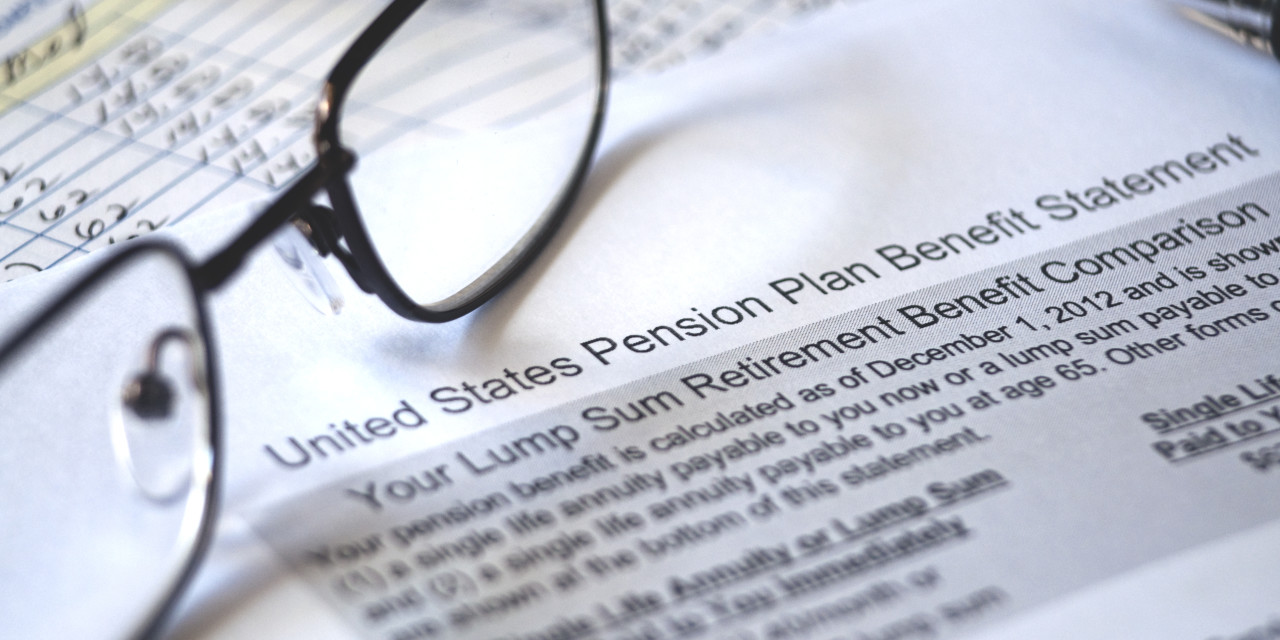An accountant looks at your shoes when he talks to you. An actuary looks at his own shoes when he talks to you.
There is a difference between an actuary and a mathematician, too. This difference is well illustrated in a Tax Court case published last week.
In Pizza Pro Equipment Leasing, Inc., the Tax Court was confronted with whether, under the law in effect at the time, excess contributions were made by an employer (having only one employee – the owner of the company) to a defined benefit plan and the consequences of making those excess contributions, if they existed. The normal retirement age under the plan was 45 years of age. The law and regulations require an adjustment to the maximum contribution to the plan where the normal retirement age under the plan is less than 62 years of age. The adjustment is made to achieve “actuarial equivalence” in the amount of the maximum allowable and deductible contribution.
The taxpayer and the IRS each had its own expert. The taxpayer used as its expert an obviously accomplished professor with a Ph.D in mathematics. The IRS’s expert was one of its employees who had been an enrolled actuary since 1980. Before he “retired” and joined the IRS in 2009, this employee had worked for national actuarial consulting firms for his entire career.
The dueling experts focused on the term “actuarial equivalence.” The professor discounted the age 62 limitation by the time value of money for 17 years (to age 45). The actuary followed the regulations (which the mathematician seemed to not quite understand) and reduced the age 62 limitation (a) by the time value of money and (b) by a calculation reflecting the difference in the mortality tables for age 62 versus age 45. The second adjustment is illustrated by one of the factors in pricing an annuity: on average, fewer 45 years-old persons will die sooner than 62 years-old persons will die, at a specific point in time. The second adjustment made a big difference in the calculation.
I have to give kudos to Tax Court Senior Judge David Laro (and the law clerks assisting him). Judge Laro waded through some deep technical actuarial concepts to come to a decision and to express his decision as clearly as one possibly could, even though the opinion is still a pretty difficult read.
Judge Laro acknowledged that the professor was smart and his numbers were precisely calculated. However, those calculations were not answering the right question. The IRS expert hit the nail on the head.
Judge Laro told Pizza Pro to pay tax on overstated deductions and to pay several types of penalties that the IRS had levied.
So, I guess that the moral to the story is that you need to be sure that, when you need actuarial expertise, you hire the guy that looks at his own shoes when he talks to you.
VKM
Latest News
On June 9, the IRS released Announcement 2022-13, which modifies Notice 2022-3, by revising the optional standard mileage ...
At the tail end of 2021, the Internal Revenue Service (IRS) released new Schedules K-2 and K-3 effective ...
This information is current as of Sunday, November 21, 2021. On Friday, November 19, 2021, after the Congressional ...
HM&M Updates
Last month, Senior Manager, Pearl Balsara was invited to speak at the 2023 FPA DFW Annual Conference in ...
We are pleased to announce the winners of the 2022 HM&M Excellence Awards. Ronna Beemer, Keith Phillips, and ...
Huselton, Morgan and Maultsby is composed of a spectacular team of individuals. During our annual What’s Happening Meeting, ...









